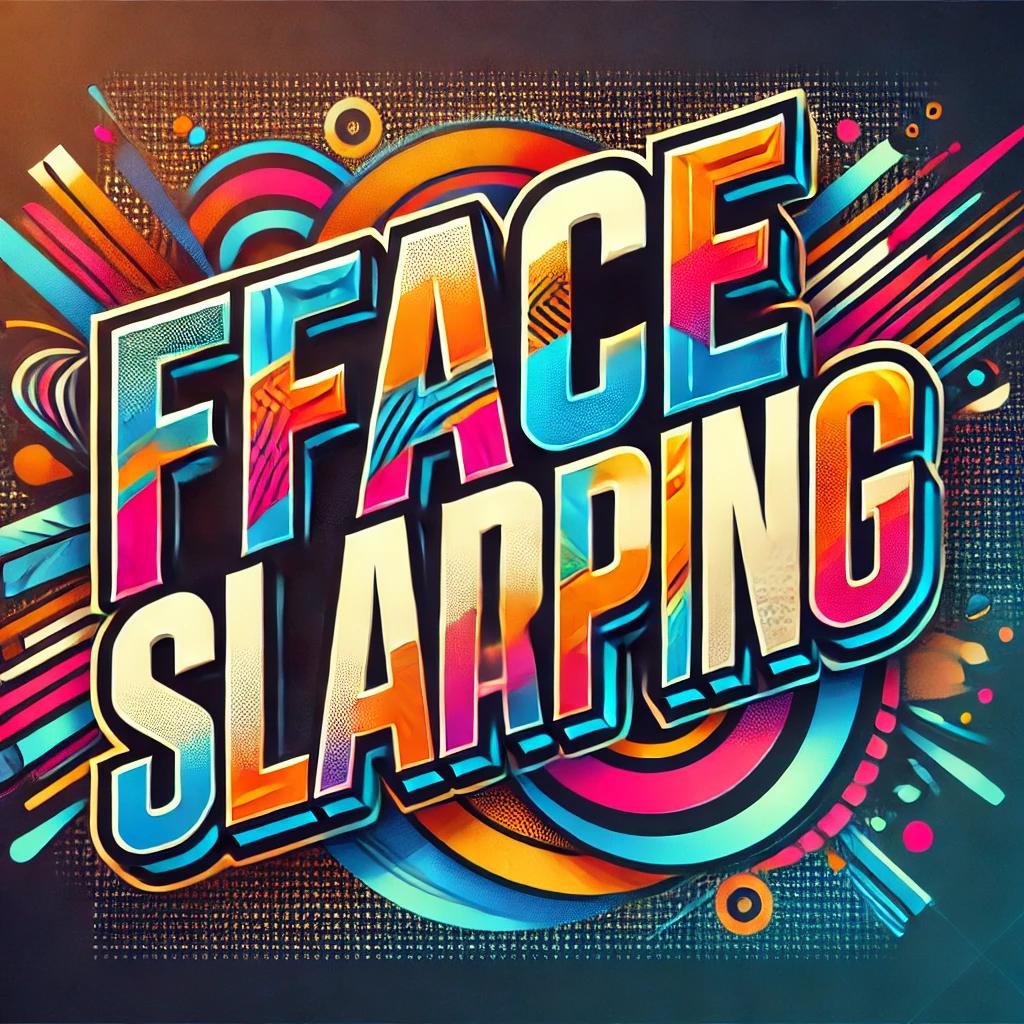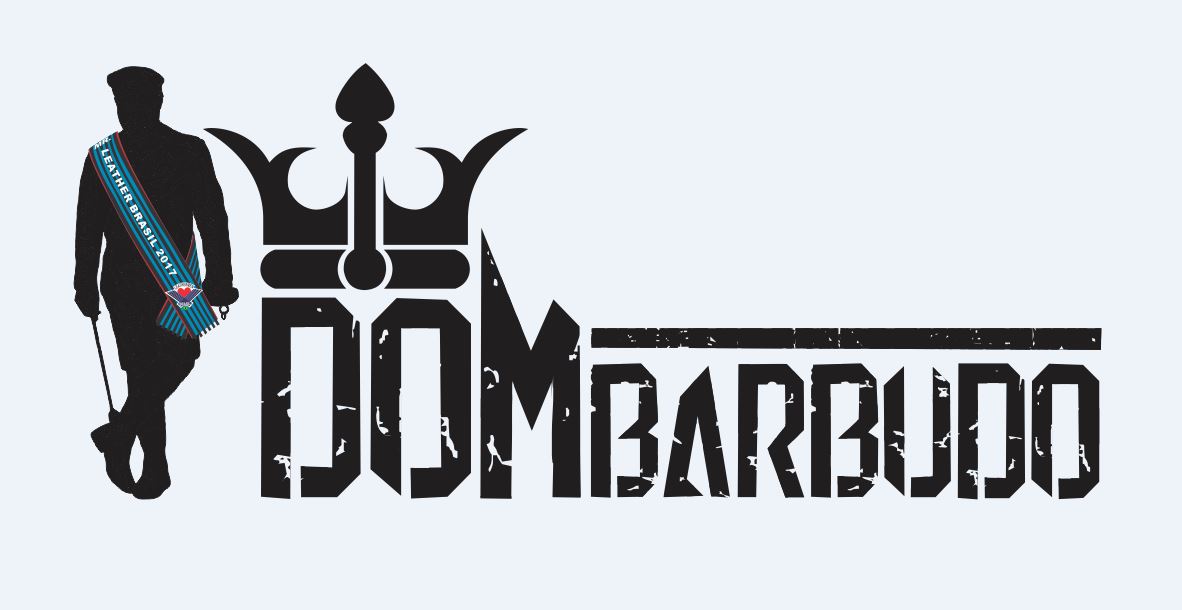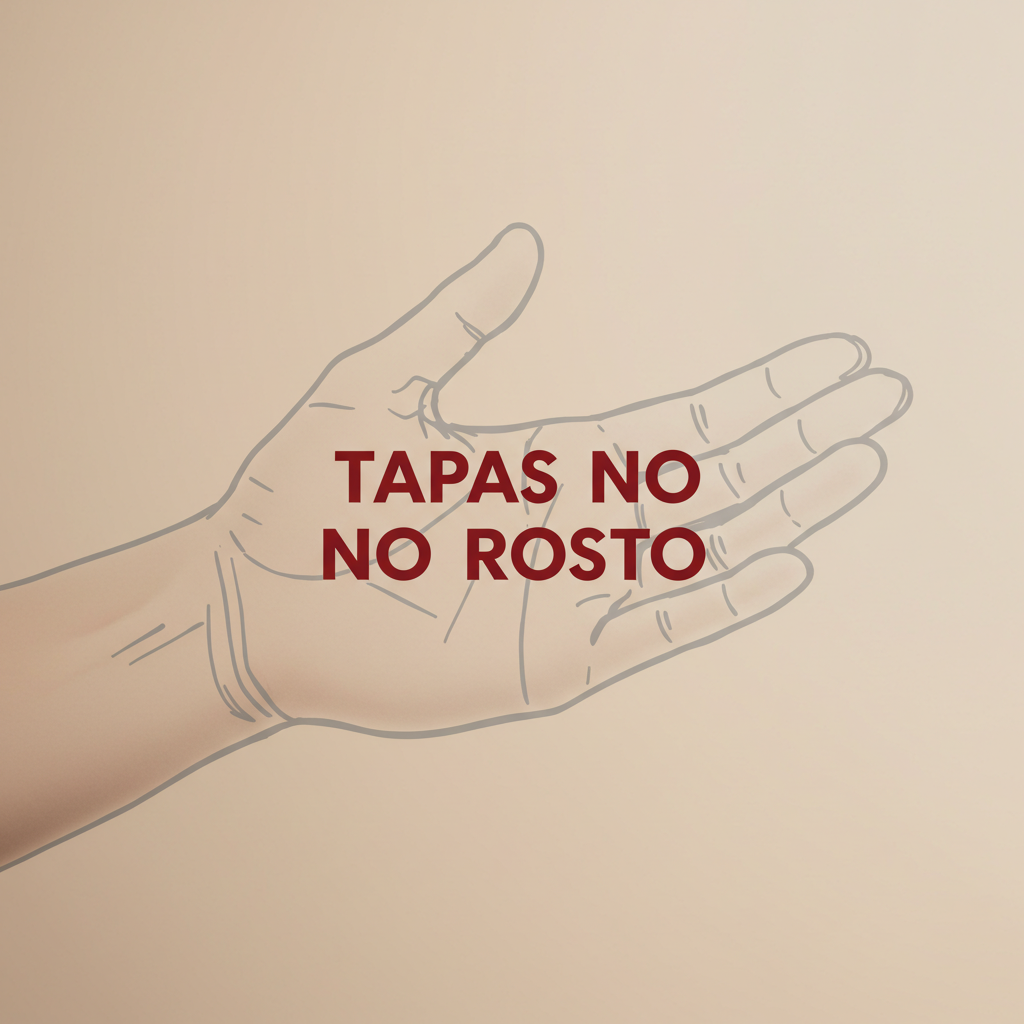VEJA TAMBÉM A PALAVRA (SEE ALSO THE WORD):
FACE SLAPPING

📖 TAPAS NO ROSTO – CONTEXTO E COMPLEMENTOS
Embora “Face Slapping” e “Tapas no Rosto” sejam traduções diretas, o uso da expressão em português carrega um impacto muito mais visceral e direto, especialmente no BDSM falado e praticado no Brasil e em países de língua portuguesa. Enquanto o termo em inglês muitas vezes aparece associado a um conjunto mais técnico e estruturado dentro da dinâmica de impact play, a expressão “tapa na cara” ou “tapas no rosto” carrega uma conotação mais crua, agressiva e psicologicamente humilhante. No imaginário brasileiro, levar um tapa no rosto não é só sobre dor física — é sobre desonra, quebra de orgulho e colocação no lugar. No BDSM, essa simbologia se intensifica, sendo usada como ferramenta para destruir o ego do submisso, aplicar disciplina imediata e reforçar hierarquia.
✅ 1. CONOTAÇÃO SOCIAL E CULTURAL NA LÍNGUA PORTUGUESA
No Brasil, levar um tapa no rosto é visto como uma agressão de alto impacto simbólico. Quando incorporado ao BDSM, o gesto carrega uma camada extra de humilhação, com forte valor emocional e psicológico. É diferente de levar um tapa na bunda — o rosto representa identidade, expressão, vaidade. Ser atingido ali, de forma ritualizada, reforça a anulação do ego.
✅ 2. LINGUAGEM USUAL EM CENAS DOMINANTES
Frases como:
• “Abre essa cara, que eu vou te corrigir.”
• “Tapa bem dado pra aprender.”
• “Você precisa de umas palmadas na cara pra lembrar seu lugar.”
são comuns em cenas de dominação verbal aliadas ao impacto. O tapa vem como ponto final de um comando ou como pontuação de uma humilhação.
✅ 3. VARIAÇÕES DE INTENSIDADE E ESTILO
No Brasil, é comum o uso alternado entre tapas secos, sequenciais, leves e ritmados. A intensidade pode variar conforme o contexto: punição, adestramento ou ritual de rebaixamento. O Dominador escolhe como e quando bater, e o submisso aprende a não desviar, não recuar e a manter os olhos abertos enquanto recebe.
✅ 4. TAPAS NO ROSTO COMO MARCA DE POSSE E CONTROLE PSICOLÓGICO
Além do impacto físico, o tapa na cara serve como lembrete direto de quem está no comando. O submisso sente o rosto arder, mas o queimar real vem da certeza de que ele foi exposto, silenciado, colocado abaixo. Alguns submissos relatam que um tapa no rosto bem dado os coloca num estado mental de obediência instantânea — é o gatilho de rebaixamento.
✅ 5. ELEMENTO DRAMÁTICO E VISUAL EM CENAS BDSM
O som seco da palma batendo, a reação imediata do corpo, a vermelhidão visível na pele… Tudo isso intensifica a cena. O Dominador usa o tapa no rosto como elemento de espetáculo, de impacto emocional e de afirmação da sua autoridade sobre o submisso.
✅ 6. DIFERENCIAÇÃO EM RELAÇÃO A OUTRAS FORMAS DE IMPACTO
Diferente de spanking, flogging ou paddles, os tapas no rosto não são sobre resistência física. Eles são sobre reação emocional imediata. Quem recebe sabe que ali não há espaço pra teatro. O tapa no rosto é o tipo de impacto que não se finge — ele quebra ou molda.

📖 FACE SLAPPING – CULTURAL CONTEXT AND ADDITIONAL NOTES
While “Face Slapping” and “Tapa no Rosto” are direct translations, the expression in Portuguese carries a much more visceral and symbolic charge, especially within the BDSM dynamics practiced in Brazil and other Portuguese-speaking countries. In English-speaking kink scenes, face slapping is often discussed within the structure of impact play and controlled punishment. In contrast, in Brazilian culture, slapping someone’s face is one of the most culturally humiliating actions, often tied to notions of shame, dominance, and psychological submission. It’s not just about the physical act — it’s about ego destruction, behavioral correction, and reinforcing the submissive’s place. In BDSM, this cultural weight is amplified and used as a direct tool of power.
✅ 1. SOCIAL AND SYMBOLIC MEANING IN PORTUGUESE CULTURE
In Brazil, a slap to the face is socially recognized as an insult of high emotional impact. Within BDSM, this act becomes more than physical—it’s an immediate ego reset. Unlike spanking, which may carry erotic undertones, slapping the face carries authority, silence, and reprogramming. It directly challenges the submissive’s pride.
✅ 2. COMMON LANGUAGE IN DOMINANT COMMANDS
During scenes, Dominants often use phrases like:
• “Look at me while I slap you.”
• “You need a proper slap to remember your place.”
• “Face out, don’t flinch.”
These are not decorative phrases — they accompany a physical act meant to burn into the submissive’s memory.
✅ 3. VARIATIONS IN STYLE AND INTENSITY
In Brazilian BDSM, Dominants may alternate between quick light slaps, sudden strong ones, or slow rhythmic series. The intensity depends on the intention: punishment, correction, or emotional breakdown. A well-trained submissive learns to stay still, absorb, and not look away.
✅ 4. FACE SLAPS AS A TOOL OF OWNERSHIP AND MENTAL CONTROL
The slap isn’t just skin-level. It’s a reminder that the Dominant has the right to correct instantly and visibly. The physical sting fades, but the mental impact remains. For some submissives, a face slap immediately resets behavior, silences internal resistance, and triggers full obedience.
✅ 5. DRAMATIC AND VISUAL ELEMENT IN SCENES
The sharp sound of the slap, the instant bodily reaction, and the flushed cheek—all add weight to the scene. Dominants use face slaps not only to correct but to display control. It’s a visual statement: “You are beneath me, and I can reach your pride.”
✅ 6. DIFFERENCE FROM OTHER FORMS OF IMPACT PLAY
Unlike spanking, paddles, or floggers, face slaps are not about physical endurance. They’re about emotional and psychological reaction. You can’t fake a slap to the face. It’s personal. It either breaks or builds. That’s the power of the hand across the cheek.







